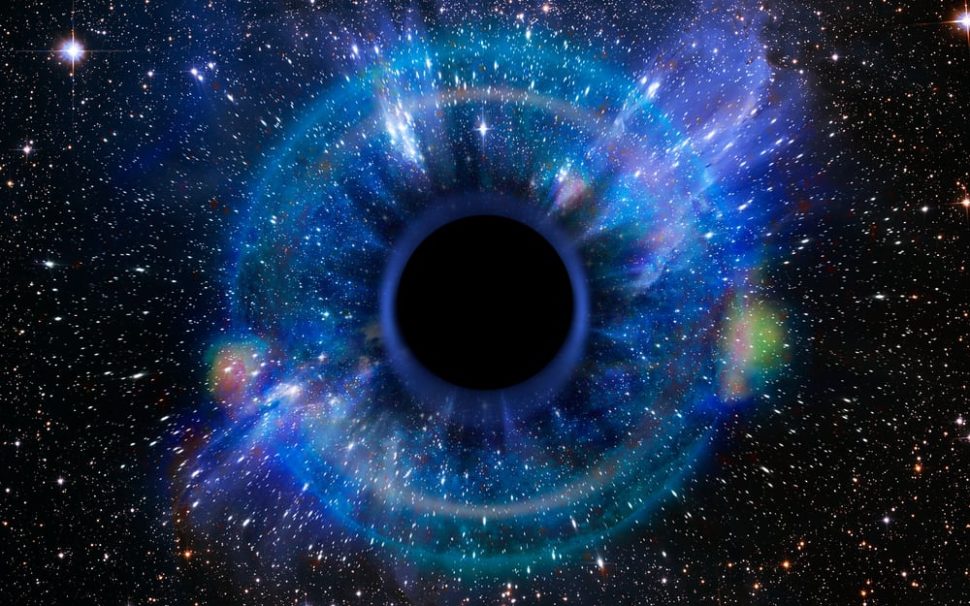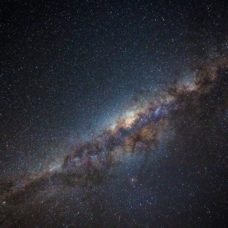Astronomers think that a set of gravitational waves spotted last year could have possibly signaled the birth of a black hole.
In 2015, gravitational waves generated by the merging of two black holes were detected for the first time, giving astronomers whole new research avenues to follow.
Two years later on August 17, 2017, using the same two observatories, LIGO and Virgo, astronomers spotted yet another gravitational wave signal.
However, this “kilonova” event (GW170817) wasn’t about two black holes, but two neutron stars colliding into one other.
Read More: Astrophysicists Discover Gravitational Waves From a Kilonova
Neutron star mergers, which probably create most of the heavy metals in the Universe, are a rare sight which only occur about once every 10,000 years within our galaxy.
But whatever happened to the two neutron stars in the aftermath of the merger? Scientists now have a clearer picture.
What the GW170817 Neutron Star Merger Gave Birth to?
The neutron star merger event GW170817 spewed out about 10 Earth masses’ worth of gold into space, and gave scientists a wealth of data they’re still digging into.
One of the most burning questions scientists had following the GW170817 event was the nature of the stellar remnants.
To answer this question, a team of physicists at Trinity University in San Antonio looked at data from NASA’s Chandra observatory in the days, weeks, and months following the GW170817 event.
Read More: Earth is Under Siege by a Hidden, Alien Neutron Star
The two neutron stars that merged are estimated to have 1.1 and 1.6 times more mass than the Sun, though they were both observed to be smaller than Washington, D.C.
Early estimates had suggested that the compact remnants resulting from the GW170817 neutron star merger was about 2.7 solar masses.
This mass is too high for a neutron star and too low for a black hole and, according to a new study, this leaves us with one of the two possibilities:
Either the newly-formed object is the heaviest neutron star ever found, or the least massive black hole ever discovered.
Lowest-Mass Black Hole Ever Discovered
Thanks to Chandra’s observations, astronomers ruled out the “massive neutron star” scenario and confirmed their predictions.
If a new more massive neutron star had risen from the ashes of the two smaller neutron stars, it would’ve generated a very strong magnetic field and a very bright X-ray emission.
As observations show, this isn’t the case.
Instead, the X-ray levels measured were several hundred times lower than expected for such a massive neutron star.
So, the GW170817 event most likely gave us witness to the birth of a black hole — one that is unlike any seen before.
It seems like this event has given astronomers a rare find to investigate –the least massive black hole discovered to date.
David Pooley, a physicist at Trinity University in San Antonio who led the study, said in a guest post on Chandra X-ray Observatory blog:
“There’s no sign of a neutron star there, so that merger must have made a black hole! So in addition to learning the outcome of the merger, we also learned that nature has another way to make black holes, other than supernova explosions of the most massive stars, and that’s by merging neutron stars together… One of the most exciting things to think about is what else this event might show us. As we monitor it in the coming years, it may do something we never expected it to do.”
What else do you think we might learn from the birth of a black hole?



















Comments (0)
Most Recent